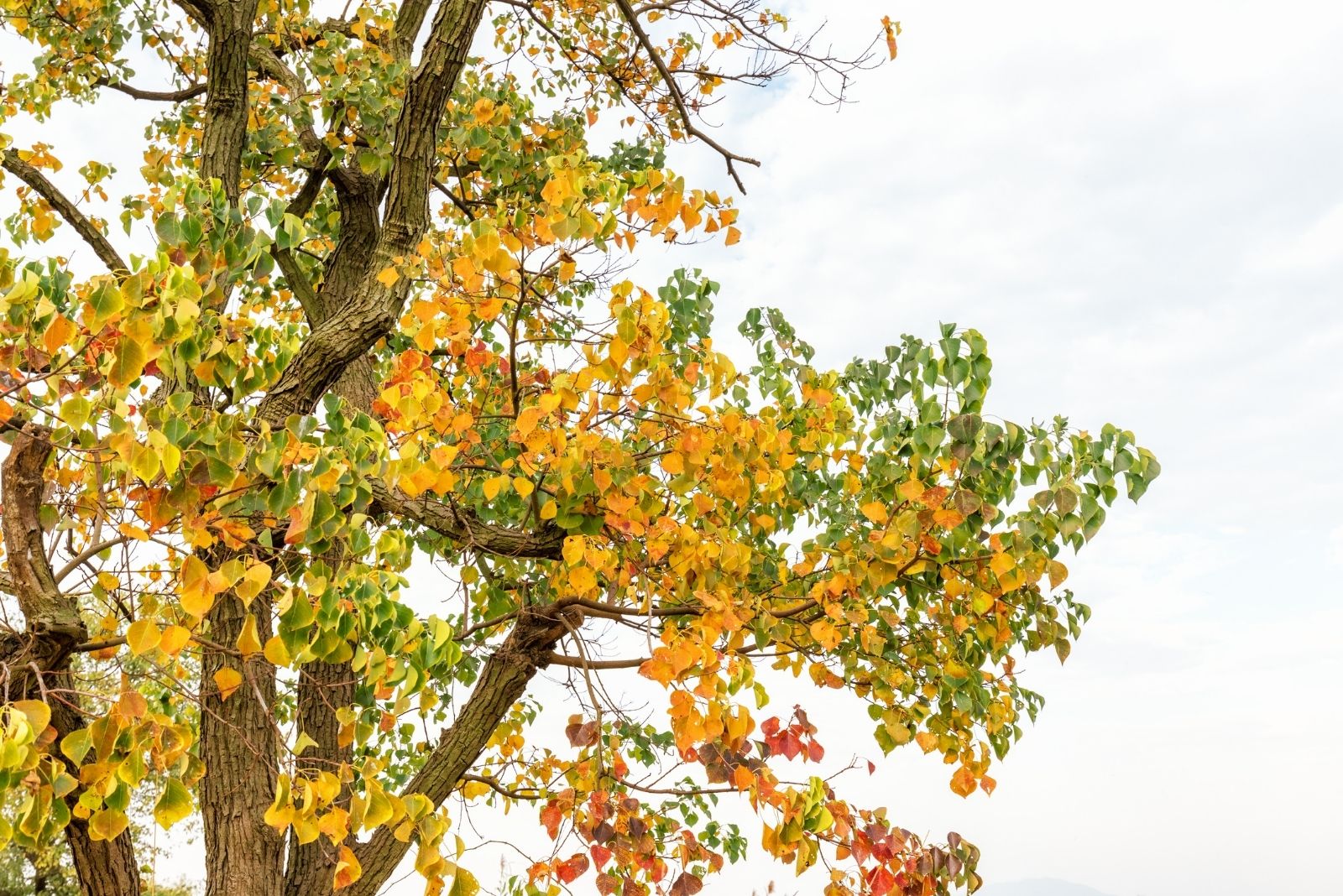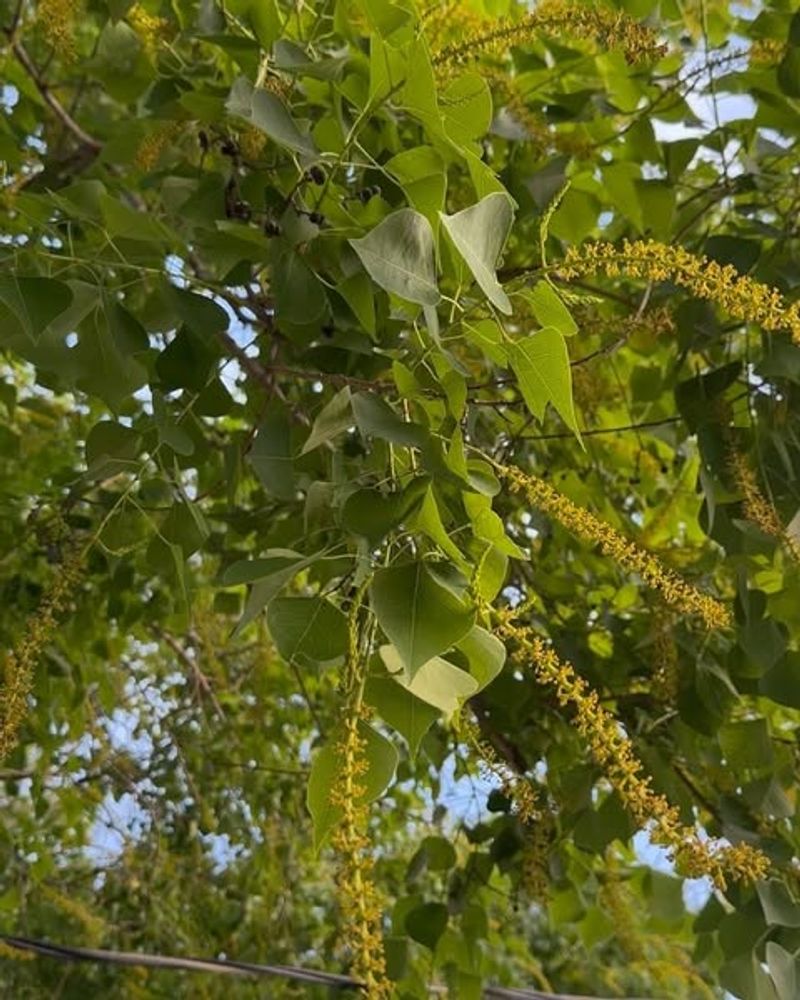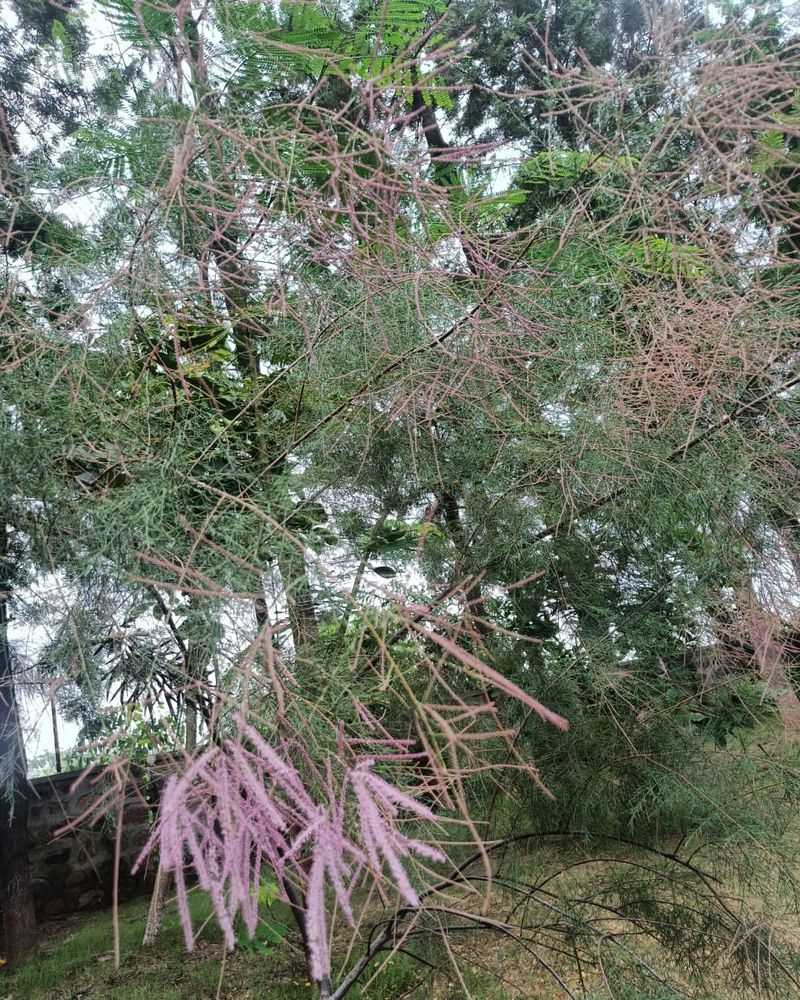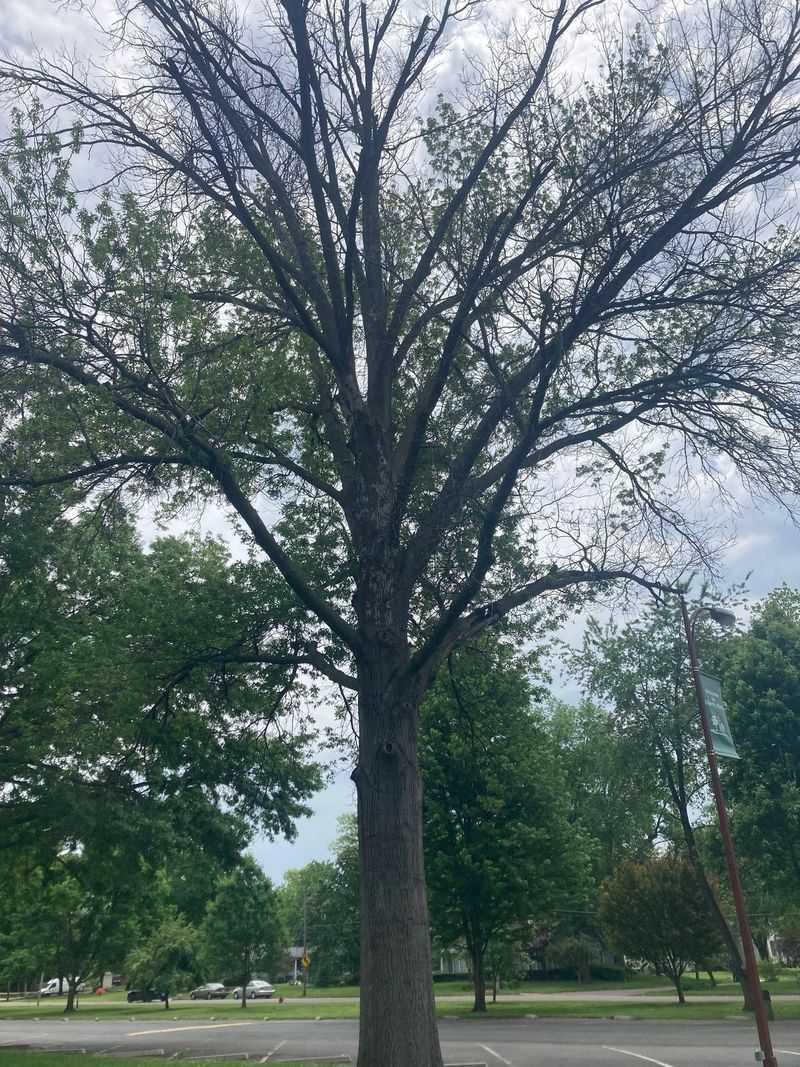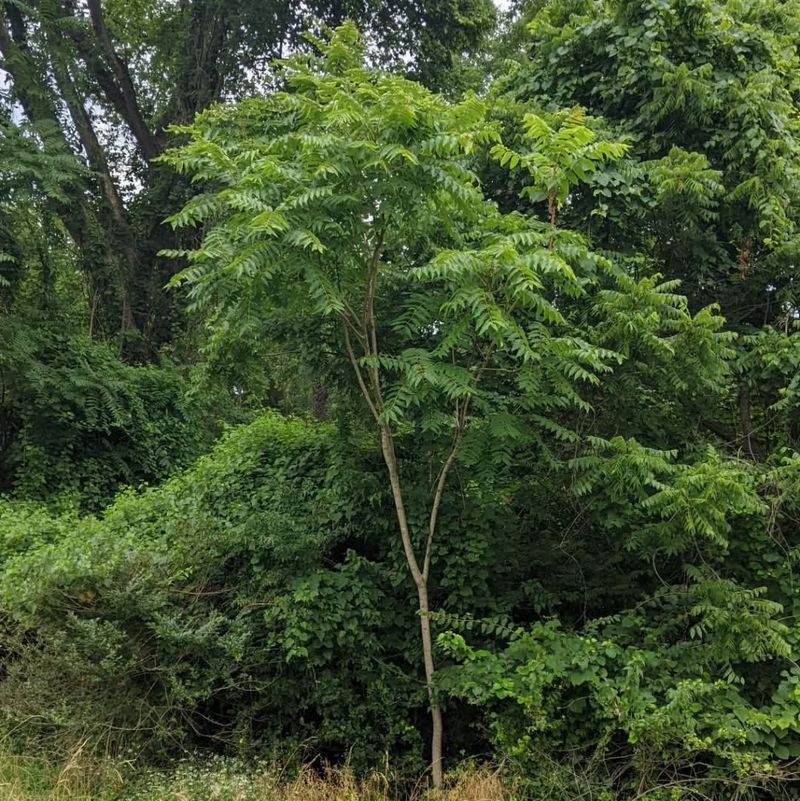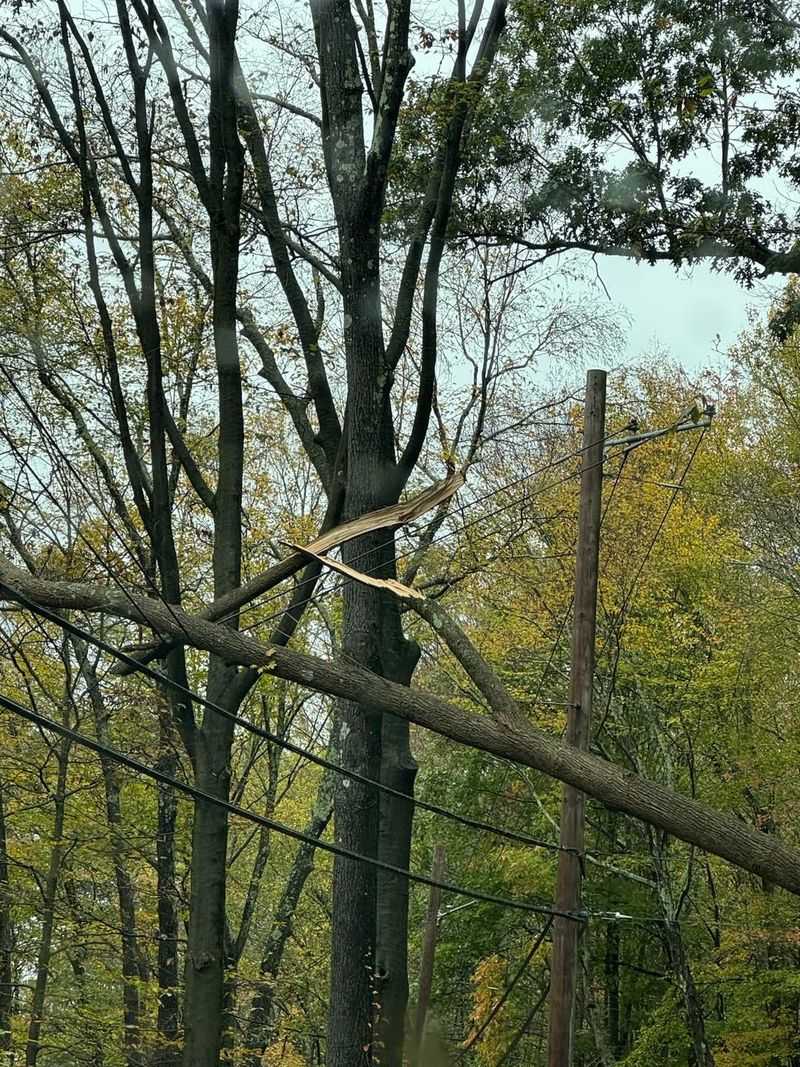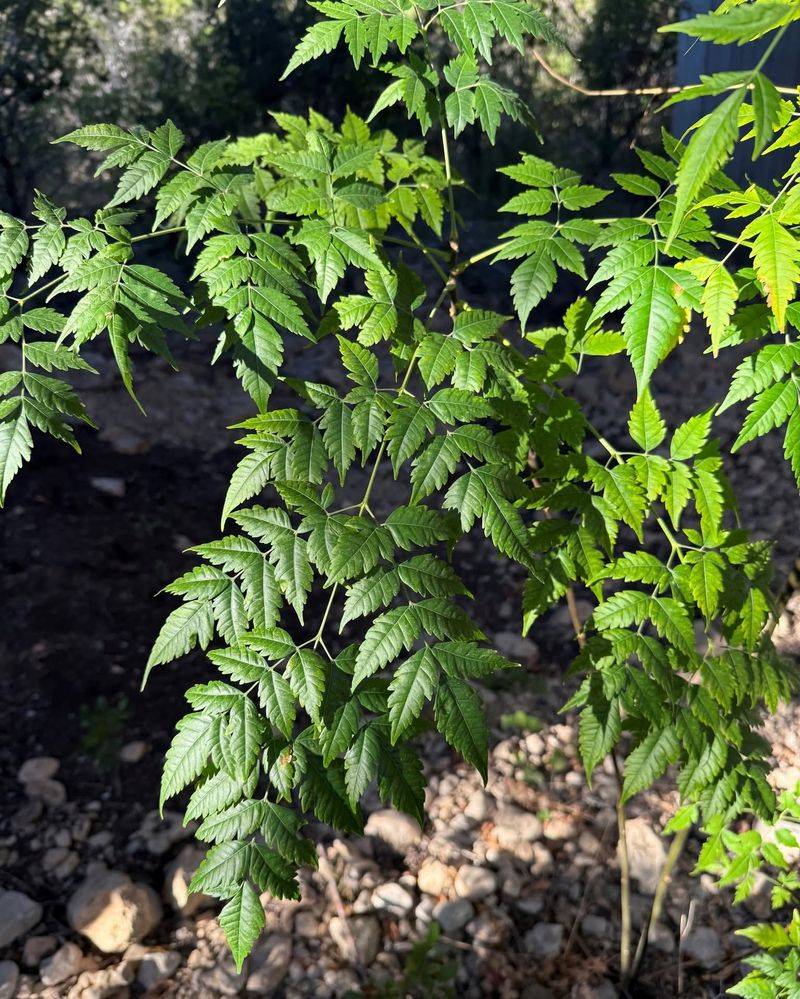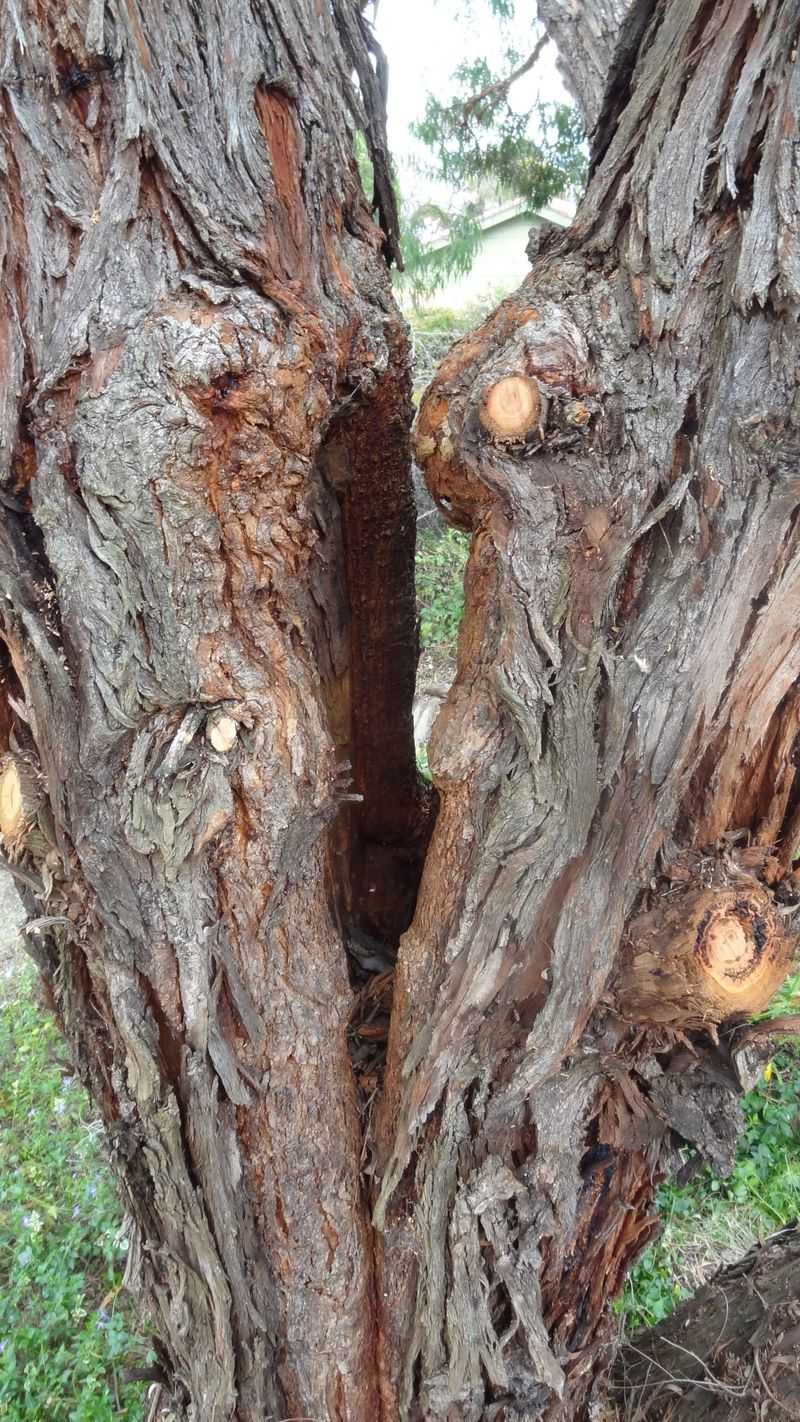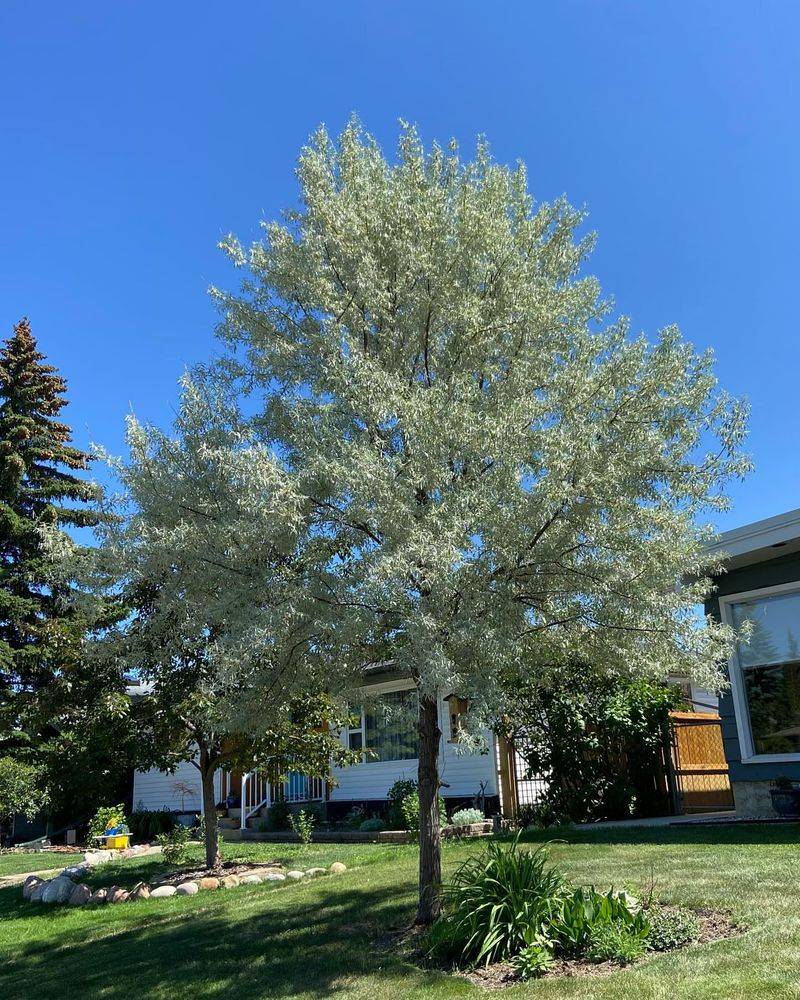Texas homeowners need to watch out for certain trees that can land them in legal trouble. Some trees pose serious risks to property, power lines, or public safety, and local ordinances require their removal.
Ignoring these regulations could result in hefty fines or legal action. Understanding which trees might cause problems helps you stay compliant and keeps your neighborhood safe.
1. Chinese Tallow Tree
Originally brought from Asia as an ornamental tree, this fast-growing invader now threatens native Texas ecosystems. Its waxy seeds spread quickly, crowding out beneficial plants that wildlife depends on for food and shelter.
Many Texas counties have strict removal requirements because it damages wetlands and forests. Property owners can face fines ranging from hundreds to thousands of dollars if they ignore removal notices.
Contact your local agricultural extension office to learn about safe removal methods and replacement options with native species.
2. Salt Cedar (Tamarisk)
Water conservation becomes nearly impossible when Salt Cedar takes root along rivers and streams. A single mature tree drinks up to 200 gallons of water daily, draining precious resources in drought-prone Texas regions.
State and local water districts actively enforce removal because these trees destabilize riverbanks and increase wildfire risks. Failure to comply with removal orders often results in mandatory fines and potential legal action.
Professional removal services understand the deep root systems and can prevent regrowth while protecting surrounding native vegetation.
3. Dead Or Dying Oak Trees With Oak Wilt
Oak wilt spreads like wildfire through interconnected root systems, killing entire neighborhoods of beloved oak trees within months. Infected trees must be removed promptly to prevent the fungal disease from devastating surrounding properties.
Texas Forest Service regulations require immediate action when oak wilt is confirmed. Leaving infected trees standing violates quarantine zones in many counties, triggering automatic fines and forced removal at your expense.
Hire certified arborists familiar with proper disposal techniques, including root barrier installation to protect healthy nearby oaks.
4. Tree Of Heaven (Ailanthus)
Despite its heavenly name, this aggressive invader creates earthly problems for Texas homeowners and municipalities alike. Its roots damage sidewalks, foundations, and underground pipes while releasing chemicals that poison surrounding plants.
Cities across Texas classify it as a noxious weed requiring mandatory removal. The tree also harbors spotted lanternflies, destructive pests that authorities desperately want to control through strict enforcement.
Chemical treatment before cutting prevents stubborn stump sprouting that makes this species notoriously difficult to eliminate completely from your property.
5. Hazardous Trees Near Power Lines
Power companies don’t mess around when trees threaten electrical infrastructure and public safety. Branches touching or growing too close to power lines create fire hazards and service interruptions affecting entire neighborhoods.
Texas utility regulations give companies authority to trim or require removal of dangerous trees at property owner expense. Refusing compliance leads to fines, forced removal, and potential liability if your tree causes power outages or injuries.
Schedule regular inspections and maintain proper clearance distances, typically 10-15 feet depending on voltage, to avoid violations and keep everyone safe.
6. Chinaberry Tree
Those pretty purple flowers and golden berries hide a troublemaker that Texas authorities want gone from the landscape. Chinaberry spreads aggressively through bird-dispersed seeds, invading pastures, forests, and natural areas where native species should thrive.
Multiple counties list it as a prohibited species requiring removal upon official notice. The toxic berries also endanger livestock and pets, adding safety concerns to environmental violations.
Early removal prevents extensive root systems from developing, making the job easier and less expensive than waiting until enforcement actions begin.
7. Diseased Or Structurally Unsound Trees
Rotting trunks, hollow cavities, and severe lean angles transform ordinary trees into ticking time bombs that threaten homes, vehicles, and people. Texas property codes hold homeowners liable for maintaining safe conditions and removing obvious hazards.
Municipal inspectors can issue removal orders after storms or routine safety surveys identify dangerous trees. Ignoring these orders results in escalating fines and emergency removal costs billed directly to property owners.
Annual professional inspections catch problems early, allowing planned removal instead of emergency response after your tree damages a neighbor’s property or injures someone.
8. Russian Olive
The Russian Olive might sound exotic, but in Texas, it’s a persistent invader. Its silver-lined leaves may seem charming, yet this tree is notorious for overwhelming local ecosystems.
With its ability to thrive on minimal water, it competes aggressively with native plants. Its dense growth also creates challenges for wildlife, altering habitats significantly.
Landowners are often encouraged to remove these trees to restore ecological balance. Failure to do so may result in fines, as the tree’s unchecked growth can damage local biodiversity.
9. Silk Tree (Mimosa)
The Silk Tree, or Mimosa, captivates with its fluffy pink blossoms, yet it’s a problematic guest in Texas. Originally from Asia, its rapid growth and invasive nature disrupt native ecosystems.
The tree’s seeds spread easily, leading to uncontrolled proliferation. This can overwhelm local flora, detracting from Texas’s unique plant diversity.
Removal is often necessary, and neglecting this duty might attract fines. While beautiful, its ecological impact necessitates careful management.

